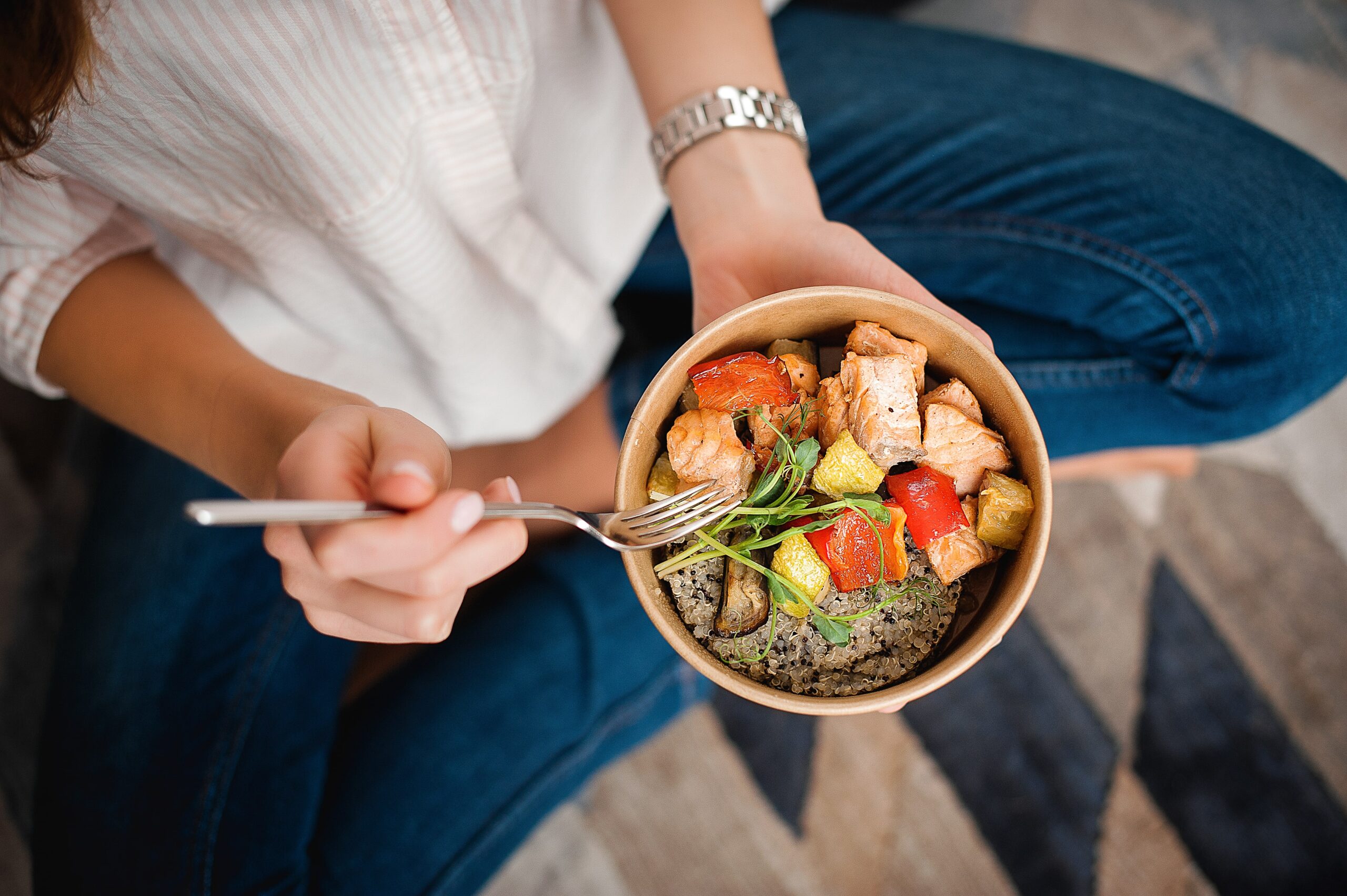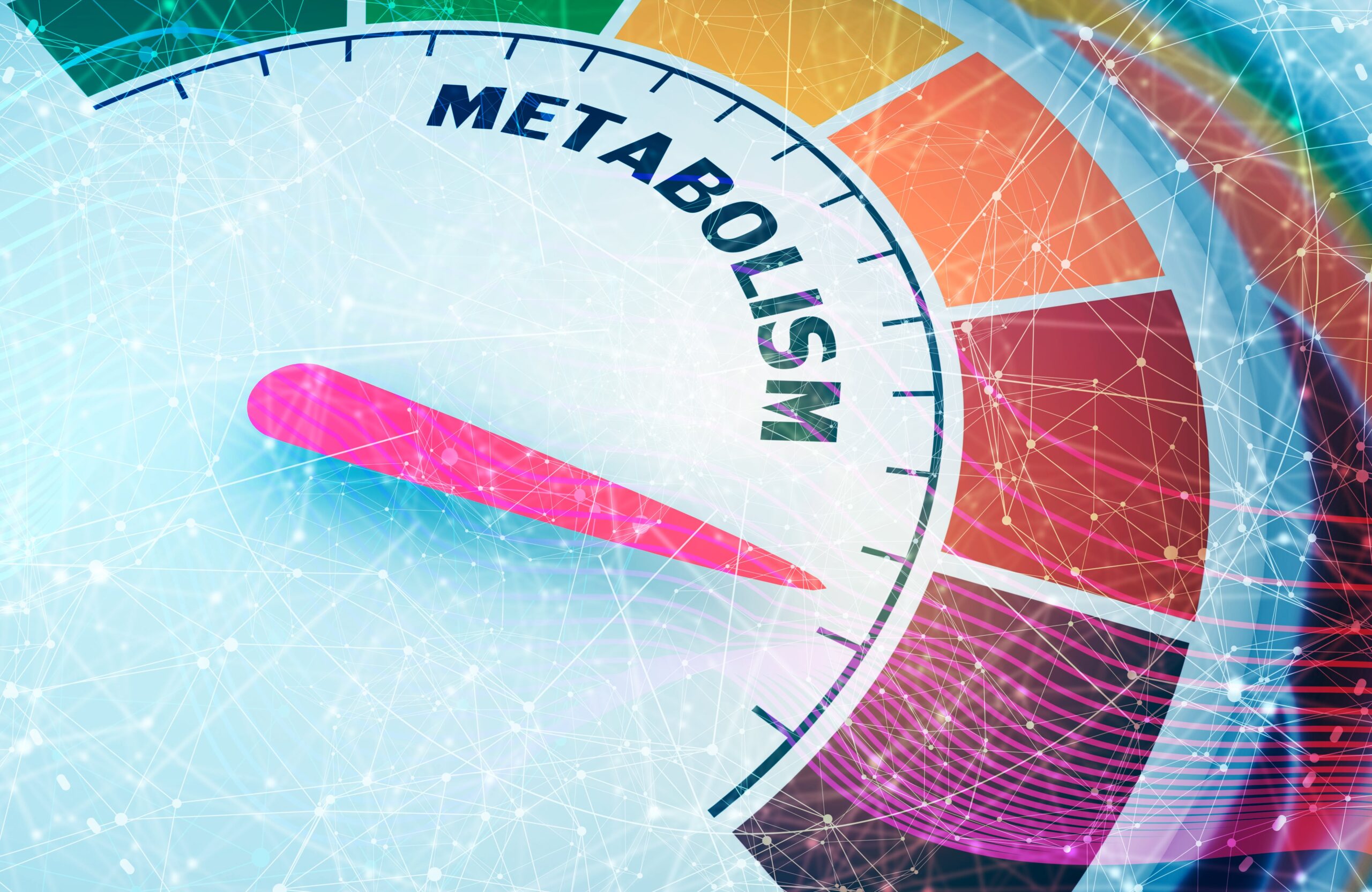Moving from resolutions to intentions
As 2023 creeps in, so do the standard messages of “new year, new me”. Everyone seems committed to setting resolutions which are usually completely unachievable.
In fact, one survey found that only around 9% of Americans feel they are successful in keeping their goals by the end of the year1.
The reality is, making – or breaking – new year’s resolutions really isn’t the be all or end all it’s made out to be at the beginning of January.
Keep reading to find out our suggestions for some more fulfilling (and slightly more obtainable!) goals for the year ahead.
- 1. Leave diet culture behind
Dieting is SO last year. At the start of 2022, 1 in 5 British people said they planned on setting new year’s resolutions, with 43% of these focussed on losing weight2.
However, these crash diets and trends just don’t work! Weight loss induced by dieting usually just leads to you regaining the weight you lost. Fad diets have been shown to be ineffective in the long term3.
So, this time around it’s worth ditching dieting and trying a new approach!
- 2. Incorporate intuitive eating
Speaking of new approaches, intuitive eating is a much healthier lifestyle choice you could make this year, and we promise it’ll make you MUCH happier than any diet could.
If you’d like to learn more about this approach, we’ve got plenty of resources available, including more blogs like these, or you can contact Cassie or Ariana directly for one-to-one support.
- 3. Detox your phone, NOT your body
As each new year replaces the previous, new fad diets and detoxes take over from the last. These so-called ‘cleanses’ claim to remove toxins and impurities from the body when we already have a built-in system to do this for us automatically!
Our liver and our kidneys do an excellent job of filtering out any harmful substances from the body. If they weren’t functioning correctly, you’d most likely need to see a doctor (not drink a detox tea!)
This year, filter out adverts from unscientific, uninformed brands, rather than purchasing products that claim to do the ‘filtering’ for you!
- 4. Stay hydrated
Focus on increasing your fluid intake, by carrying a water bottle with you, eating more fruit, having different flavoured teas, diluting juices, or even keeping a journal of how much water you’re getting through. Hydration is essential!
- 5. Practice mindfulness
Both the mental and the physical health advantages of mindfulness are supported by an ever-growing body of research. For example, one recent study found that mindfulness-based interventions could even help reduce stress and blood pressure in those with hypertension4.
And if you don’t have hypertension, mindfulness is still a great technique for reducing stress in your everyday life.
- 6. Move your body for fun
Physical activity is not just good for our bodies, it’s great for our minds too. This could include anything from walking your dog, a quick bike ride or a swim, to attending your local gym, or playing a sport with your friends. It’s up to you, and what you feel is manageable.
- 7. Buy clothes that fit you just the way you are
Unfortunately, people will often buy themselves clothes which are several sizes too small as ‘inspiration’, with the mindset that they will simply lose enough weight to fit into them.
This is an incredibly damaging behaviour to engage in as it sends the message to your brain that your current body is not good enough. We encourage you to buy clothes that fit comfortably to begin with, AND make you feel good about yourself – it’ll save yourself a lot of stress as well as money!
- 8. Try something new
Forget new year, new you. This year, make it all about the new experiences! Whether that be trying out a new food, visiting a new location, or picking up a new hobby, try pushing yourself out of your comfort zone in 2023.
As the famous Wayne Gretzky saying goes “you miss 100% of the shots you don’t take”.
- 9. Embrace body neutrality
Body neutrality means you don’t have to completely fall in love with yourself – you just appreciate your body for everything it does and accept it as uniquely yours.
For some people, especially those who struggle with self-esteem; body positivity can seem almost impossible to obtain. Body neutrality, on the other hand, is something which we can all strive to incorporate into our lives, as it places less pressure on us to always love ourselves unconditionally.
- 10. Be kind to yourself
You are good enough exactly as you are. You always have been!
The most important part of starting a new year is not to set unrealistic resolutions, or to try and change yourself in some way or another.
This year, go easy on yourself. Don’t set goals that are impossible to reach or restrict your eating unnecessarily. Steer away from forcing yourself into heavy exercise every single day of the week.
Instead, focus on gentle nutrition, balance, and body neutrality. This year is your year to find food and body peace, once and for all.
If you’re interested in finding food freedom in 2023, contact Ariana or Cassie to learn more about one-to-one coaching.
Written by Robin Wileman
EHL student intern
References
1 SPSP, 2017. Thinking of Changing Your Behavior in 2017? Try Moving First | Society for Personality and Social Psychology. Spsp.org. [Online] Available at: https://spsp.org/news-center/press-release/thinking-changing-your-behavior-2017-try-moving-first
2 YouGov, 2022. How many Britons have made New Year’s resolutions for 2023? Yougov.co.uk. [Online] Available at: https://yougov.co.uk/topics/society/articles-reports/2022/12/28/how-many-britons-have-made-new-years-resolutions-2
3 Sumithran, P., and Proietto, J., 2013. The defence of body weight: a physiological basis for weight regain after weight loss. Clinical Science, 124(4), pp. 231-241. [Online] Available at: https://portlandpress.com/clinsci/article-abstract/124/4/231/69118/The-defence-of-body-weight-a-physiological-basis
4 Marquez, P., et al., 2019. Benefits of mindfulness meditation in reducing blood pressure and stress in patients with arterial hypertension. Journal of Human Hypertension, 33, pp. 237-247. [Online] Available at: https://www.nature.com/articles/s41371-018-0130-6










